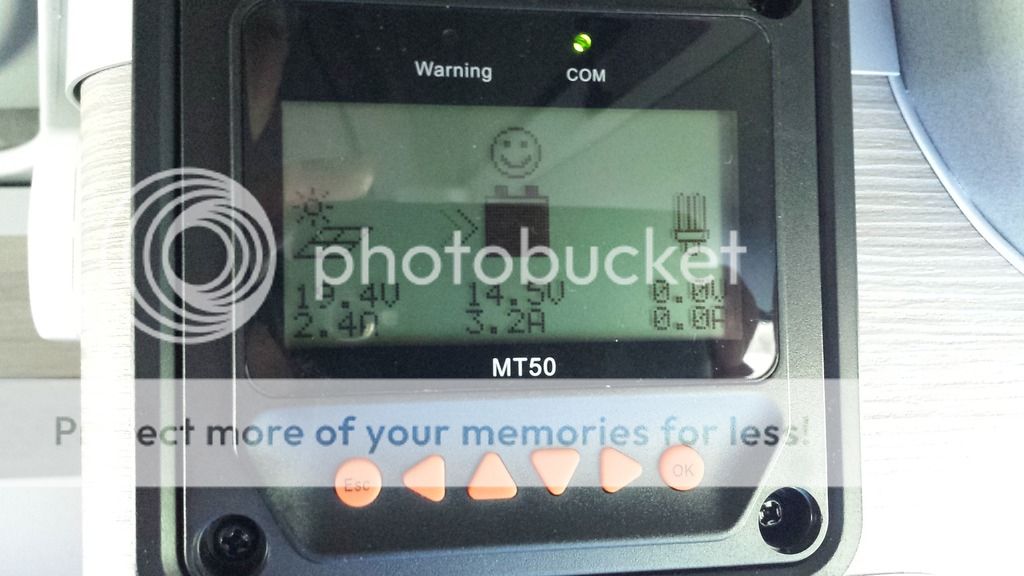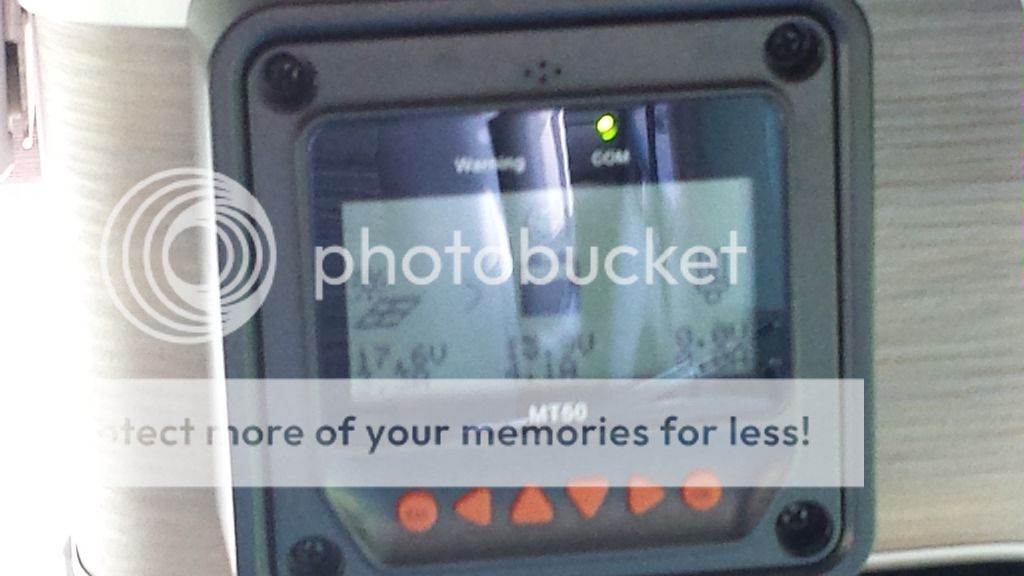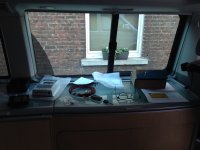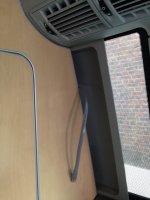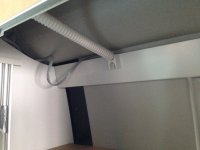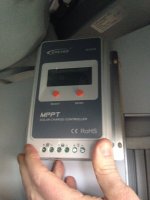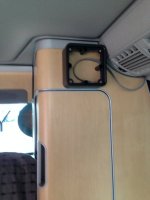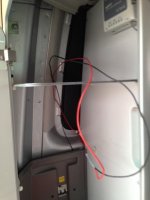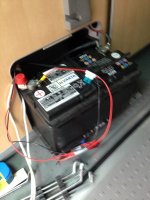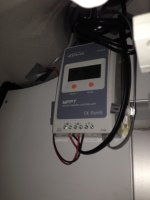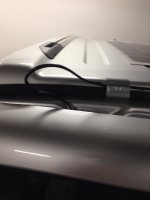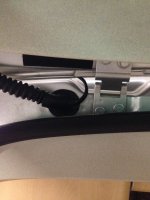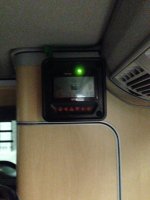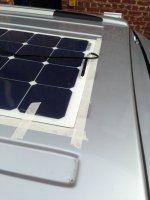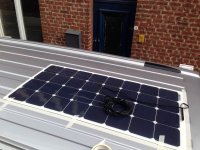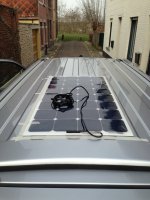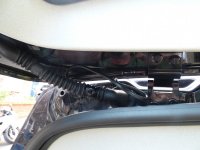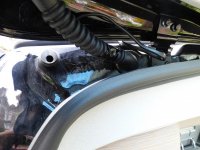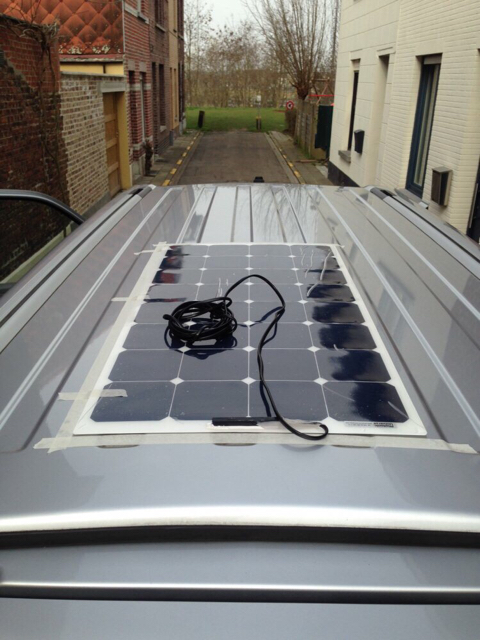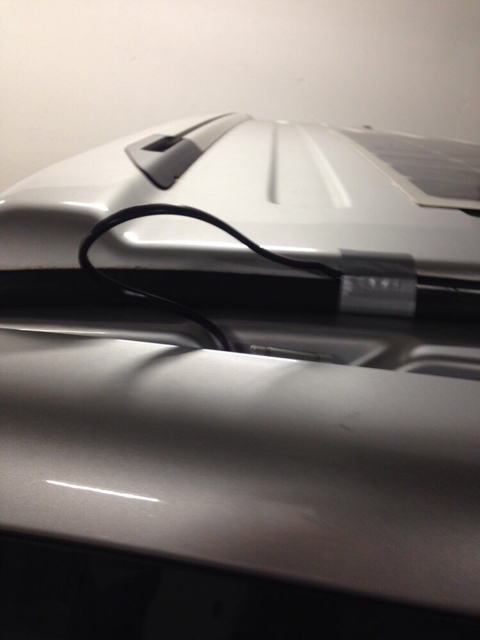It's swings and roundabouts with the stick on vs bolt on panels.
The bolt on kit makes the DIY side super easy, and there is no permanency to the installation. I've never had any reports of wind noise, on any of my kits or installations, and it's a quertion that is asked a lot pre-purchase, so I'd have heard by now.
The stick on kit is more popular with non cali owners, or, cali owners who want to use the whole of the roof bar space while travelling, then slide their luggage out of the way (I assume). This is a more permanent installation.
I've removed one stick on panel from a VW with a reimo roof. Just one so far, in 4 years. That was because a garage installed it and damaged (kinked) the panel (it was clearly visible). The customer came back to me. By rights I could have charged him, but me being me, I removed it and put a new one on, for free. One loss in four years and I'm not going to quibble ;-)
Lesson learnt. I now photo all panels that go out to garages to be installed

The removal was fairly tough, but it took around an hour to remove and replace. I used a long blade, sliding under the panel, through the Sikaflex. Starting at one side, then partially lifting, working through the middle, then the other side. I opened the black connector block and desoldered the cables from teh panel.
I then removed the panel, and then spent a little while with the same blade, scraping as much of the sika off as possible. At this stage, if you didn't want another panel you'd certainly need either a large decal to cover the mess, or a respray.
The new panel wnt straight over the old location and you'd never be the wiser (and resoldered the new wires to the new panel).
It's very doable, not fun, but not a nightmare.



